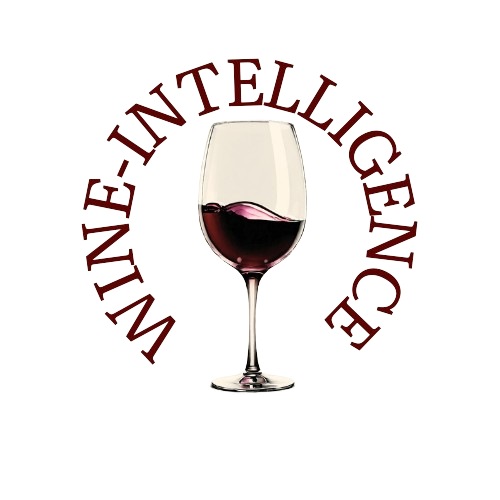The Russian alcohol industry is undergoing significant shifts, as new production data from the first two months of 2025 reveals contrasting trends across different beverage categories.
According to Interfax, citing Rosalokoltabakcontrol (RATK), vodka production in Russia plummeted by 26.3%, reaching just 7.6 million decaliters. This decline is part of a broader contraction in the alcoholic beverage sector, which saw overall production drop by 23.4%.
Decline in Vodka and Cognac Production
Vodka, long considered a staple of Russian spirits, has experienced a sharp downturn, reflecting changing market conditions and possible shifts in consumer preferences. Similarly, cognac production has also suffered a decline, decreasing by 21.2% compared to the same period in the previous year.
Wine and Sparkling Wine Production on the Rise
In contrast, grape wine production surged by 14.8%, reaching 5.1 million decaliters, while sparkling wine production increased by 16.1%, totaling 2.4 million decaliters. These figures indicate a growing consumer interest in wine, which may be influenced by evolving tastes, changing demographics, or even economic factors favoring domestically produced wines.
The Plunge of Low-Alcohol Beverages
The most dramatic decline was observed in the low-alcohol beverage segment, which saw a staggering 12.6-fold decrease, with production falling to just 211.2 thousand decaliters. This steep drop suggests a waning demand for such drinks, possibly due to shifting consumer preferences or regulatory changes impacting the industry.
Alcohol Sales Trends: Whiskey and Champagne Gain Ground
Despite the downturn in production, alcohol sales data presents a more complex picture. Beer and beer-based drinks continue to dominate, accounting for 58% of total alcohol sales. Meanwhile, whiskey sales surged by 12%, vodka sales increased by 11%, and champagne and sparkling wine sales rose by 8%. Conversely, several imported spirits faced declining sales, with sambuca down 19%, tequila dropping 16%, vermouth declining by 11%, and liqueurs decreasing by 4%.
Market Implications and Future Outlook
The contrasting trends in alcohol production and sales highlight an evolving Russian alcohol market. While traditional spirits like vodka and cognac face production challenges, wine and sparkling wine appear to be gaining popularity. The decline in low-alcohol beverages suggests that consumer preferences are shifting toward either stronger or more refined options. As regulatory frameworks, economic conditions, and global influences continue to shape the market, the Russian alcohol industry is likely to see further changes throughout 2025.
Source: Oreanda-News

